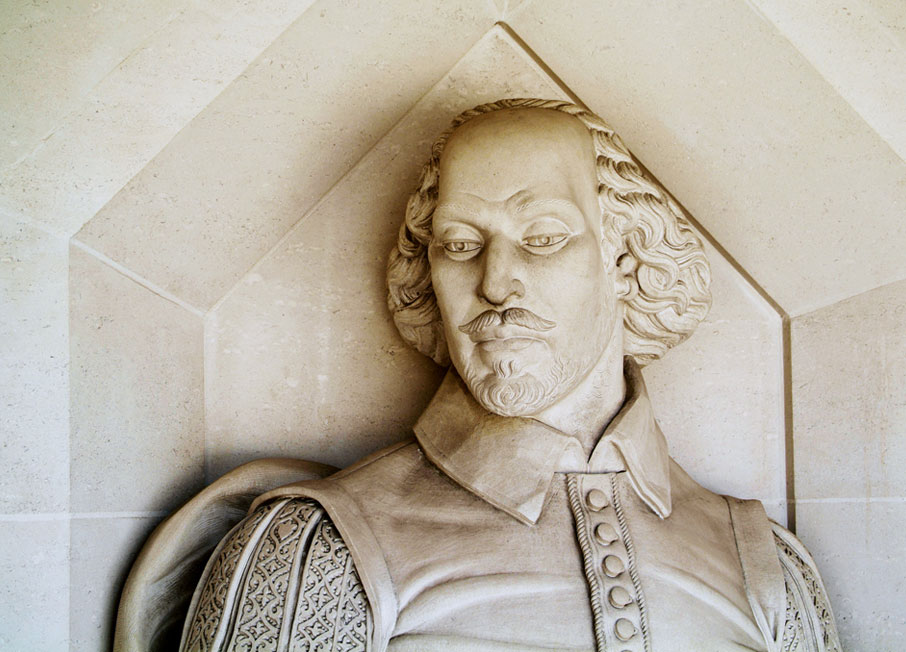If Hamlet had a ZayZay duvet cover, maybe he wouldn’t have been wandering the castle with insomnia for hours. Maybe the crown prince would have been on top of his game and the play wouldn’t have been a tragedy after all. Do you feel tragic in the morning? It could be because staying in bed with your eyes shut for eight hours does not a good night’s sleep make.
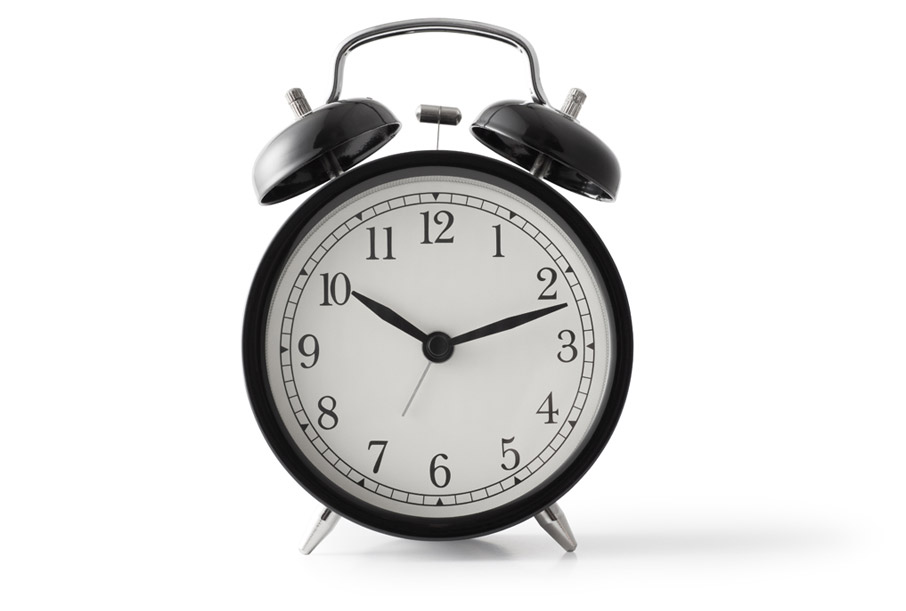
We sleep in cycles that repeat all night, and we need the benefits of each stage for optimal health. Each 5-stage cycle of sleep lasts about 90 minutes, and ideally you wake up at the end of the cycle, post-REM (rapid eye movement), for maximally refreshed feeling. The cycle repeats like this: 1, 2, 3, 4, 3, 2, 1, 5 (REM). Waking from REM is the most beneficial, as it’s the natural end of the cycle, and hovers most closely to wakefulness. All the other stages are considered NREM (no rapid-eye movement).
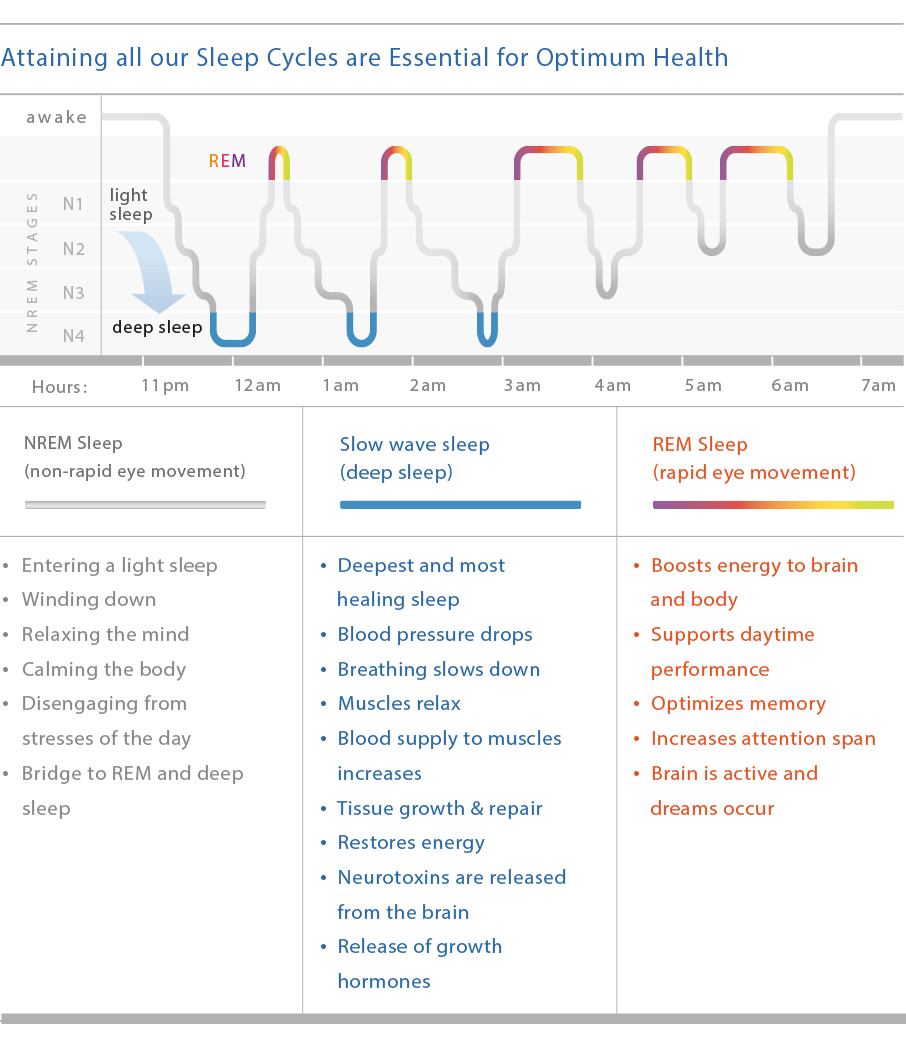
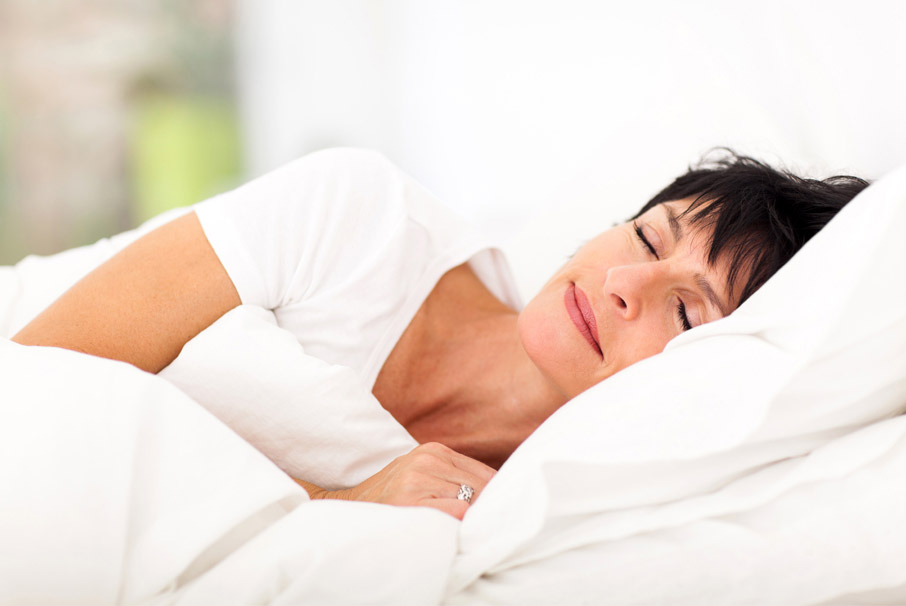
Each sleep stage is easily identifiable by the brain waves illustrated in this electroencephalogram (ECG) reading.
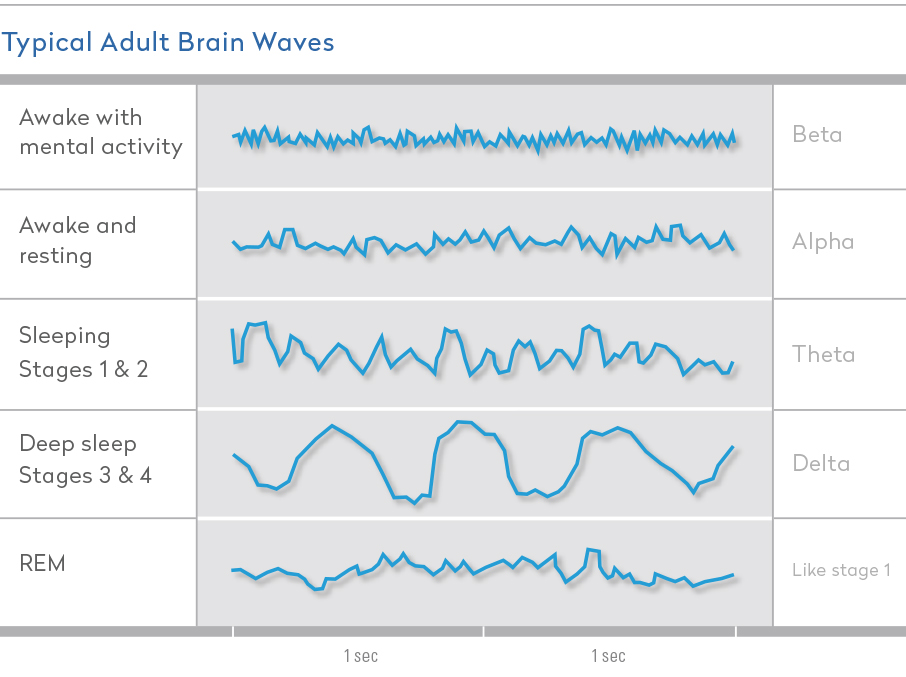
Stages of Sleep
Stage 1: This stage is called the light sleep stage. Your mind and body are beginning to relax. In this stage, you can be awakened easily, drifting in and out of sleep. The movement of the eyes and the muscles in this stage is relatively slow.
Stage 2: In this stage, your body is going into a meditative state. The movement of the eyes stops, the body temperature drops, the rate at which the heart beats slows down, and the brain waves becomes very slow, with only an occasional burst of rapid waves. This is the stage where the body prepares for a deep sleep.
Stage 3: When you enter the third stage, the brain’s ‘delta waves’ become interspersed with smaller waves, which are faster. In this stage, behaviours known as “parasomnias” can occur: including sleepwalking, night terrors, bedwetting, and even talking in one’s sleep.
This stage is considered to be the ‘deep sleep’ stage, also known as slow-wave sleep. These slow waves indicate muscle relaxation and a slowed breathing rate. This is the stage for growth and healing. Approximately 15-20% of our nights should be in this stage of deep sleep. Although this stage lasts only a few minutes per cycle, it is the stage of sleep from which you are least likely to be woken.
During this sleep stage:
• Muscles receive more blood supply
• Blood pressure drops
• Body tissues are repaired and regenerate.
• Energy levels are recharged
• The pituitary gland releases HGH (human growth hormone)
Stage 4: The fourth stage continues the previous stage. The deep sleep continues, the brain continues to produce delta waves. If you wake from this stage, you may feel disoriented.
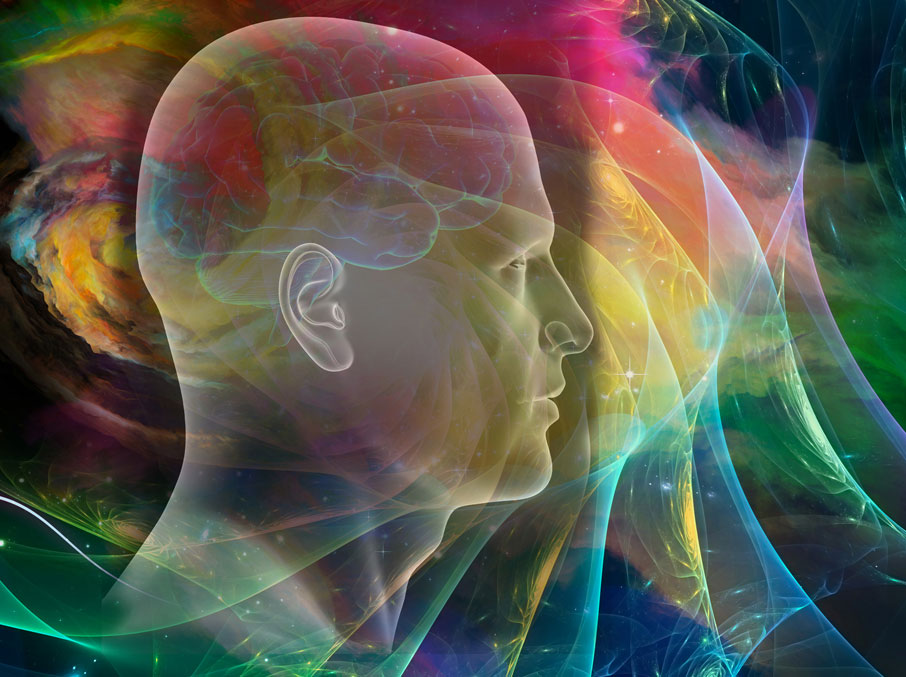
Stage 5 (REM – rapid eye movement): This is when you dream. Brain waves are at the levels of an awake person. This level is often characterized by the rapid movement of the eyes from side to side, yet the eyes remain closed. The movement of the eyes may be because of the brain activities occurring in this stage, or due to the intense dream.
To get the restful sleep you need these 90 -to-110-minute cycles to be completed continuously, with each stage lasting between 5 to 15 minutes. And unlike a book, you do not pick up where you left off. If your sleep is interrupted, your cycle starts at the beginning. Ever wonder why you feel so disoriented when you wake in the middle of a dream? Now you know. Your cycle wasn’t finished and your brain will have to begin again. And again throw the covers off, and again pull them back on repeatedly until you get it right
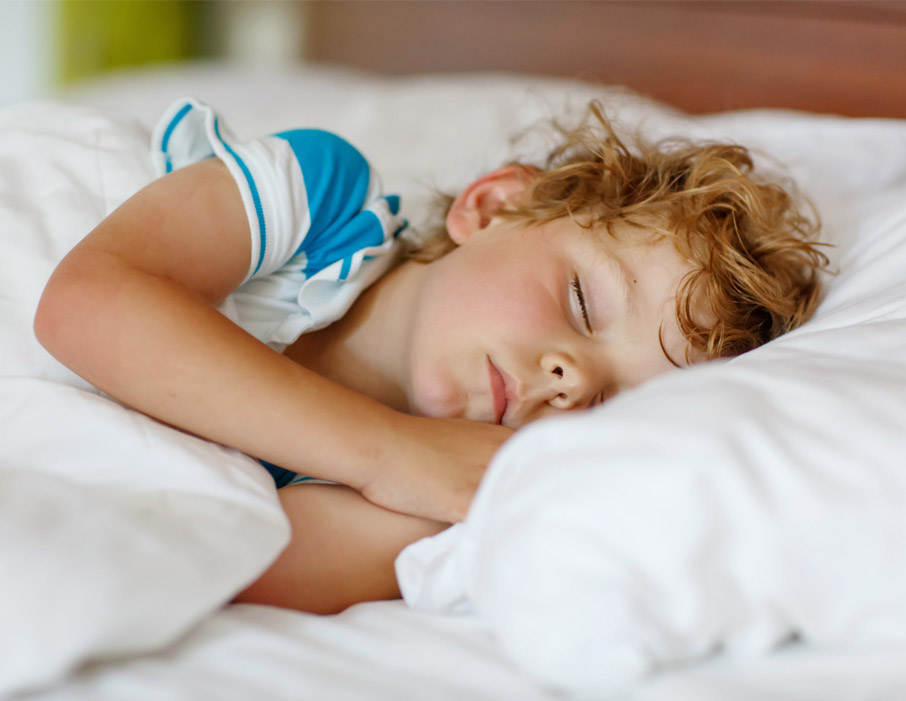
The release of HGH in stage 3 is likely the most important part of the deep sleep cycle. For children, this hormone allows them to develop fully. In adults, it’s how our body repairs itself. As we age, we sleep more lightly and achieve less deep sleep and shorter time spans of sleep, although studies show you still need as much sleep as when you were younger. Disorders associated with disruption of the third stage of the sleep cycle include narcolepsy, depression, anxiety, and ADHD.

Don’t let your sleep quality be compromised by bed linen that isn’t allowing you a solid night’s rest. At ZayZay, we want you to find your happily-ever-after. We believe that for you, being wrapped in our exquisite 100% Egyptian cotton luxury linen is one of the best ways for you to spend that crucial one-third of your life. Once you’ve addressed all the other sleep disruptors in your life, all that’s left between you and five stages of blissful sleep is the question of your bed linen. And ZayZay has the answer.
This above all: To thine own bed be true.
by Tracey Gee

